Immigration policy continues to be a hotly debated issue in many developed countries around the world. A contentious point cited by many policymakers relates to the high crime rates of immigrants relative to the native population. How does work status and legal access to the labor market affect the crime rates of immigrants? This article summarizes recent research from Pinotti (2017) on the Italian immigration system and finds that a lack of legal work opportunities for immigrants contributes to higher rates of immigrant crime.
Does arbitrage always improve market efficiency? Theory and evidence from sequential markets for electricity
Since the 1990s, many countries have deregulated their electricity markets. Electricity producers and distributors participate in auctions in forward and spot markets, which determine production allocation and wholesale prices. A key policy question for the United States and the rest of the world is whether financial traders should be allowed to participate in the auctions to arbitrage differences between forward and spot prices. Does arbitrage benefit consumers? Does it lead to more efficient allocation of production resources? This article summarises Ito and Reguant (2016), and address those questions from theoretical and empirical perspectives by examining the Iberian electricity market.
Charter schools do more than teach to the test: evidence from Boston
Students who attend charter schools tend to outperform students enrolled in traditional schools on state-mandated measures of student achievement. But critics claim this is because charter schools “teach to the test,” something they have an incentive to do since charter schools can be closed if their students do poorly on the state tests. This research uses a “natural experiment” in Boston schools to examine whether charter school students do better than traditional students on other measures of achievement that are correlated with long-term success. We find that the gains on state tests carry over to these additional measures, an indication that charter schools add value that extends beyond improved scores on state tests.
Health insurance competition: effects on premiums, hospital rates, and welfare
In evaluating health insurance mergers recently proposed in the U.S., regulators have grappled with the costs and benefits of reduced insurer competition. Our study examines the direct and indirect effects that a reduction in the number of insurers has on premiums, provider reimbursement rates, and consumer welfare. Using detailed health and enrollment data and focusing on a part of the commercial health care market, we examine whether consumers are typically harmed when an insurer is removed from the market. Absent premium setting constraints, we find that premiums typically rise, and consumers are generally harmed as they suffer from having fewer options. However, we also find that the reimbursement rates negotiated by hospitals need not always increase, and in many cases, can actually fall.
A most egalitarian profession: pharmacy and the evolution of a family-friendly occupation
Pharmacy is among the most highly paid professions in the United States today; it is also one of the most egalitarian. Analysing extensive survey data on pharmacists and the general population, this research reveals how as the profession has become more flexible and the fraction of women has grown to a majority, pharmacy has become more highly paid relative to comparable occupations. The variance of pay has also declined and the relative hourly pay of women has risen. Technological changes that increased substitutability among pharmacists, the growth of pharmacy employment in retail chains and hospitals, and the related decline of independent pharmacies have all contributed to these outcomes.
How tax rates influence the migration of superstar inventors
This paper shows that taxes affect the international location decisions of the best “superstar” inventors. Higher tax rates lead to a significantly lower share of superstar inventors remaining in their home country and a lower share of foreign superstar inventors who move to the country. This may have significant fiscal and innovation costs for a country that should be taken into account when setting tax policy.
Demand for residential broadband: the impact of usage-based pricing
The telecommunications sector is undergoing major changes largely driven by the growing importance of data services and the proliferation of online activities. This shift has led to a variety of concerns among regulators, including concerns that internet service providers may discriminate against certain types of traffic, and that private incentives for innovation may be inadequate. This research explores these issues by estimating consumer demand for residential broadband using high-frequency data from subscribers facing a three-part tariff. The findings indicate that the three-part tariff eliminates low-value traffic; and that while the costs associated with investment in fibre-optic networks are likely to be recoverable in some markets, there is a large gap between social and private incentives to invest.
Medical innovation and the labor market: the importance of reducing drug side effects
Pharmaceutical innovation can be enormously valuable, leading to the development of medical treatments that save lives and improve patient quality of life. However, new medications that are powerful and effective are often accompanied by painful and uncomfortable side effects. This article summarizes a recent paper, “Why Medical Innovation is Valuable: Health, Human Capital, and the Labor Market”. The author develops a dynamic framework to assess the value of pharmaceutical innovation. The framework incorporates patient incentives for long-run health along with their preferences for treatments with fewer side effects. A key finding is that evaluating effective medical treatments without considering their side effects can be misleading.
Does welfare inhibit success? The long-term effects of removing low-income youth from the disability rolls
Despite the controversy surrounding welfare programs, there is little empirical evidence about the long-term effects of these programs on recipients. In a recent paper, Deshpande (2016), I study the long-term effects of removing low-income youth from a large cash welfare program, using a policy change from the 1996 welfare reform law. I find that youth who are removed from welfare have low earnings and minimal earnings growth in adulthood. The results indicate that this welfare program does not substantially inhibit success and self-sufficiency among youth.
Can market based regulation reduce greenhouse gas emissions? Evidence from the United States
Market-based mechanisms such as ‘cap-and-trade’ have become increasingly popular policy tools for reducing harmful emissions. But designing these schemes so that emissions are curbed efficiently requires understanding key elements of an industry’s structure, notably the degree of market power and the extent to which unregulated foreign producers compete with domestic firms. This research investigates these issues in the US cement industry, an emissions-intensive sector exposed to foreign competition. The findings suggest that the optimal regulatory policy in such industries may be to rebate compliance costs partially on the basis of output or to impose border tax adjustments.















